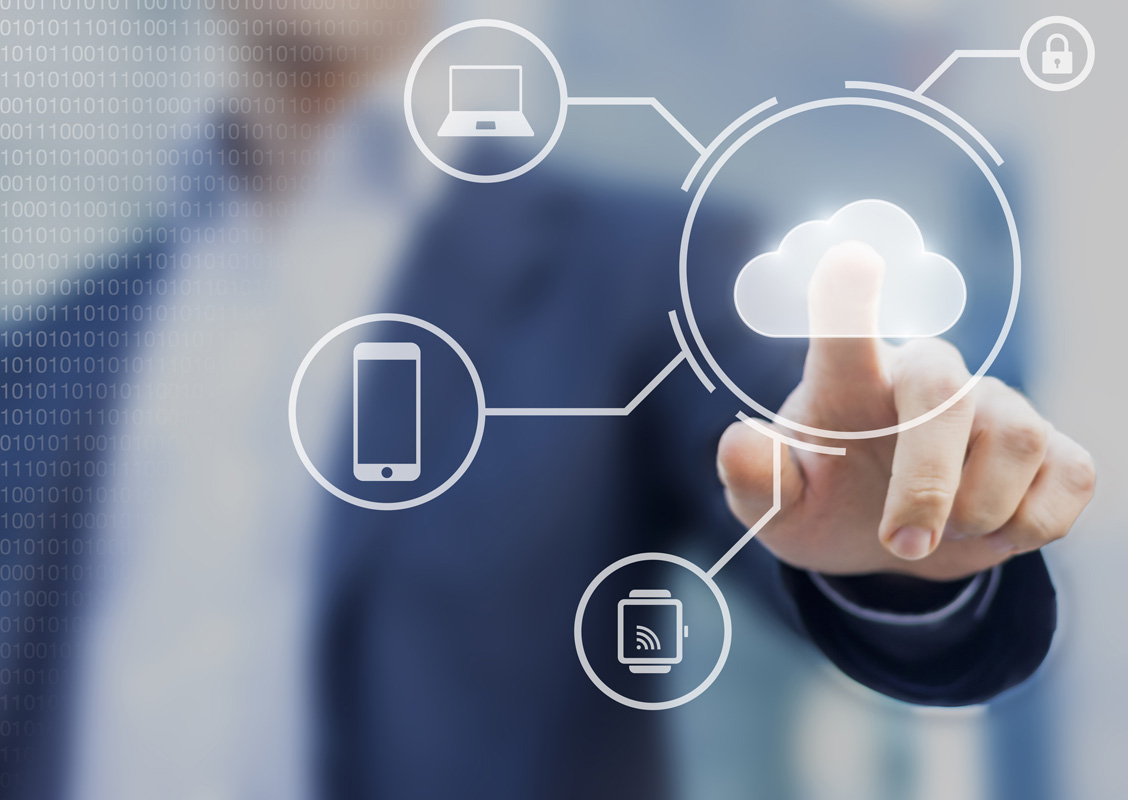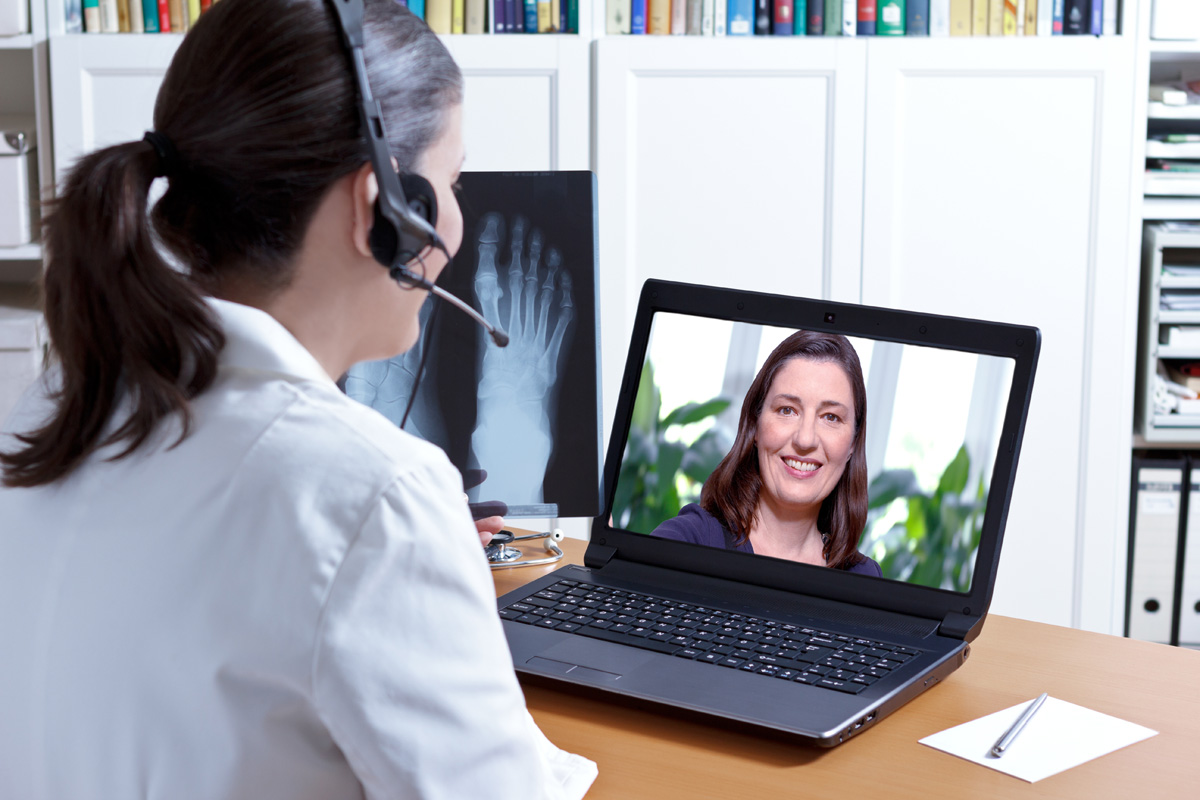When it comes to dental care, nothing beats face-to-face interactions and personal touch. However, there’s also no doubt that different types of technology can assist dentists in improving their productivity and efficiency, as well as their profits.
And with tech, they have a lot of options that they can integrate into their practice:
1. Cloud-based Platforms

Probably one of the most in-demand types of tech over the years is the cloud. According to Research and Markets, cloud computing could achieve a compound annual growth rate of over 15 percent from 2020 to 2025. By the end of the forecast period, the market value would have increased to at least $800 billion—around double that of 2020.
One of the advantages of the cloud is its accessibility and versatility. Providers can already break down their services and products into more customizable and affordable bundles. This makes it easier for any dental practice to scale and choose a plan that fits their needs and budget.
Cloud computing also helps increase the popularity of a digital dental lab. In this setup, clinics can send images from digital X-rays and intraoral scanners instead of delivering molds to create various dental appliances.
Clinics can open a subscription-based account, so they have a single repository for their digital case files. Sharing information and collaborating with the lab is also easier and faster.
This significantly cuts down the transaction between labs and clinics from days to hours. Depending on the design and need, a lab can already process and complete a request within 24 hours.
Moreover, it helps avoid logistical challenges, especially in times of a major event like a pandemic that can disrupt the supply chain. Overall, digital dental labs can add more value to the dental service as patients are less likely to wait long to complete their treatment plan.
2. Intraoral Scanners and Digital X-Rays
Along with the growth of the cloud is the increasing demand for new imaging techs like intraoral scanners and digital X-rays.
Intraoral scanners are a scanning device that features a wand that goes into the mouth and gums to capture direct oral impressions. They work similarly to the stick in an ultrasound machine.
As the dentist moves the stick around the oral cavity, the device emits a light source that captures the images, going straight toward the scanner. The final products are 3D models that dentists and oral appliances labs can use to create braces, dentures, and a lot more.
Intraoral scanners are extremely convenient, while scanning can take only a few minutes. Moreover, since the provider can break down the process into stages, a patient can rest or take a break in between. This is helpful for individuals, such as children, who may feel less enthusiastic about undergoing any dental procedure. Further, intraoral scanners seem more suitable for different mouth sizes since dentists need not use impression trays anymore.
Meanwhile, digital X-rays work similarly to regular ones. However, the biggest difference is the level of safety. These machines emit significantly less radiation. Moreover, like the images produced in intraoral scanners, these X-rays can produce digital images ready for analysis and delivery to digital dental labs.
3. Telemedicine

The pandemic has increased the demand for telemedicine remarkably. Today, Fortune Business Insights forecast that this industry could hit nearly $400 billion by 2026. At this time, the CAGR would have been over 25 percent.
Although telemedicine has been around for a while, dental practice doesn’t use it as service is better when providers see their patients’ cases up close. However, during the height of the pandemic, at least 25 percent of the surveyed dentists said they eventually offered telehealth and now plan to continue doing so.
Further, among nearly 3,000 providers in 20 states, over 20 percent are using telemedicine now, while 11 percent will offer it soon. Between these two groups, around 75 percent believe that the volume demand will be the same or increase at least within the next 12 months.
For patients, telehealth is an excellent add-on service. They can get the help they need without having to leave their house or causing major disruptions in their everyday schedule. Children may feel more comfortable being interviewed and checked in a more familiar environment.
Granted, telemedicine will never substitute a face-to-face dental practice. It is also not ideal for emergency cases. But it can be a great tool to improve communication and relationship with the patient.
These techs are less likely to take over dental jobs, but clinics can use them to enhance their practice and provide better-quality service for their patients.



